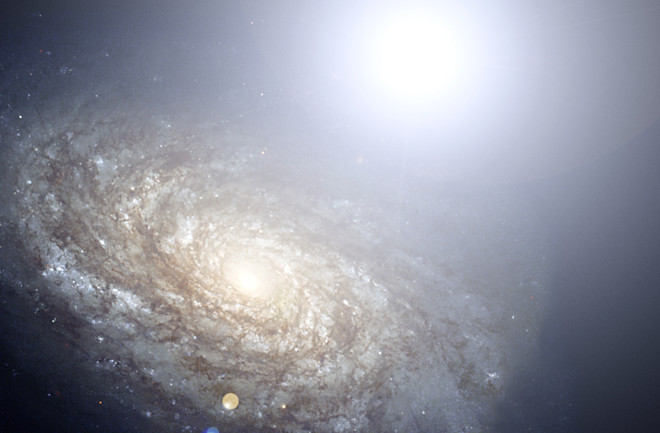Corey S. Powell has been an editor at Discover since 1997. This article is adapted from his just-published book, God in the Equation. Copyright © 2002 by Corey S. Powell. Reprinted by permission of The Free Press, a division of Simon & Schuster, New York.
Saul Perlmutter darts around his modest office at Lawrence Berkeley National Laboratory, a cluster of drab buildings nestled in the hills above the University of California campus. With his edgy movements, shaggy hair, and Woody Allen-ish gestures, he could be mistaken for a computer programmer. But it's soon clear that these institutional-lab white walls and gray steel bookshelves— even the rolling landscape outside— are only a minuscule part of who he is. Riffling through a stack of journal reprints and computer printouts, Perlmutter fishes out an article titled "Measurements of Omega and Lambda from 42 High-Redshift Supernovae." During the past 10 years, working in step with a rival group of scientists centered at Harvard University, Perlmutter and his collaborators have peered to the far edge of what astronomer Edwin Hubble called "the dim boundary— the utmost limits of our telescopes." The results, summarized in this innocuous-sounding document, have rewritten the saga of the Big Bang. They offer both a new chronicle of how the universe has evolved and an unnerving prophecy of how it may end.
When he set out on his cosmic quest, Perlmutter was still in his twenties, full of improbable ambition. “It goes back to childhood,” he says. “I’ve always been interested in the most fundamental questions.” He began by studying subatomic particles, but by 1983 he was fed up with complicated physics experiments that took years to execute. He sought a different path to universal truth and found it in astrophysics.

